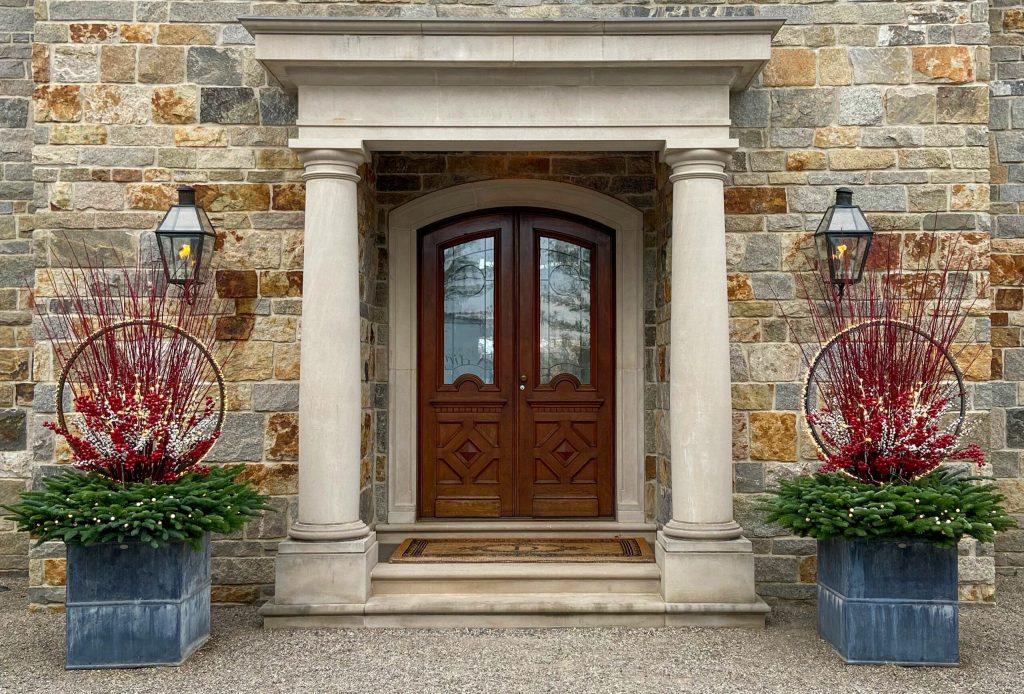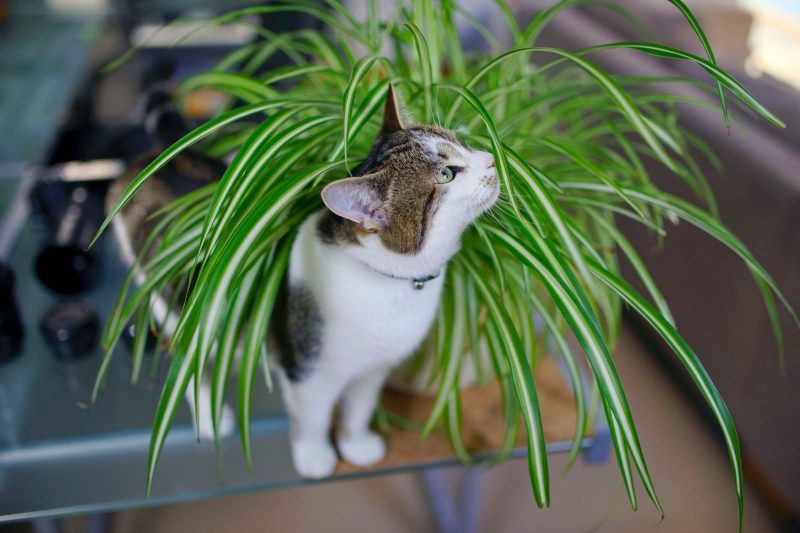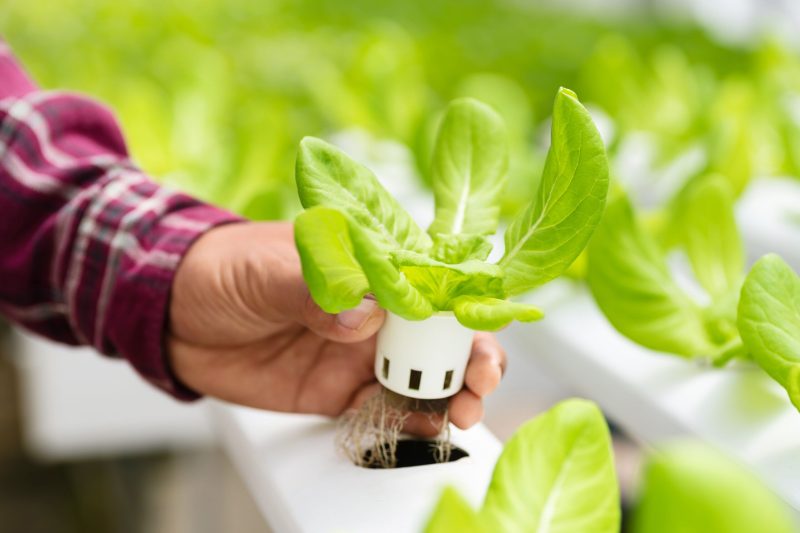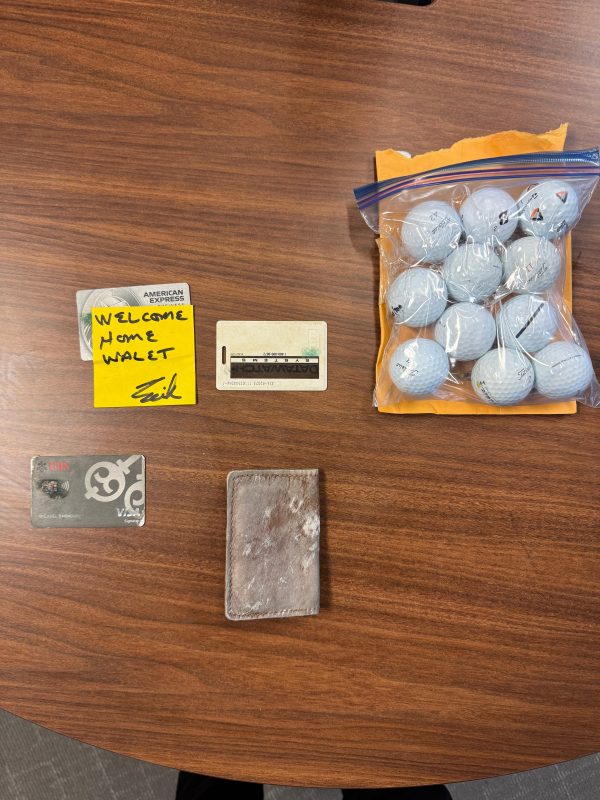Beautiful Container Garden Ideas for Winter

Winter container gardens can extend your gardening season well into the cold months. With the right plants, containers, and design elements, you can create beautiful displays that brighten your home’s exterior even amid snow and ice. This guide offers both creative and practical ideas to improve your winter garden and complement your home’s decor.
Why Build a Winter Container Garden?
With their minimal watering needs and ability to thrive in low light, these gardens are perfect for brightening up shorter winter days. They add a burst of color to your outdoor spaces when the rest of your garden is dormant, enhancing your home’s curb appeal and creating a welcoming atmosphere.
Winter container gardens also boost mood and well-being, offering comforting greenery when everything outside is bare. For gardening enthusiasts, this is an excellent way to stay connected with nature year-round. These gardens also create beneficial habitats for birds and small wildlife, contributing to the ecosystem even in harsh conditions.
Choosing The Right Planters for Your Container Garden
When setting up your winter container garden, pick planters made from materials that can handle freezing temperatures without damage. Opt for durable containers that can withstand the seasonal shifts and keep your garden looking great all winter. Ideal planter choices include the following options:
- Fiberglass containers: Lightweight and frost-resistant, fiberglass planters come in many styles and help retain heat, making them a top choice for winter gardening
- Heavy-duty plastic pots: These pots resist freezing and are budget-friendly. Make sure they have good drainage to avoid water pooling, which can harm your plants.
- Metal planters: Metal planters, like galvanized steel or iron, are durable and can withstand harsh winter conditions. However, they may conduct cold, so line them with insulation to protect plant roots.
- Resin planters: Resin planters are highly durable and mimic the look of stone or wood without the weight. They resist fading and cracking, making them a great long-term investment for winter container gardens.
- Wooden boxes or barrels: These options add a rustic charm and natural insulation. To make them last, we recommend applying a weatherproof sealant.
These materials are less likely to be damaged by frost and can safely remain outdoors in winter. Think about the weight and portability of your planters also. Heavy-duty materials are durable but might be difficult to reposition.
You should also account for the planter’s size and drainage capabilities. Larger containers hold more soil, which insulates better against the cold. Check for adequate drainage to prevent water from freezing inside the planter, which could damage both the plants and the container.
Reusing Containers
If you’re planning to repurpose existing containers for your winter garden, there are a few steps you should take:
- Remove any existing plants from the containers.
- Keep the soil in place, as it can serve as a stabilizing base for your winter arrangements.
- Position the planter in its intended winter location before adding new plants or decorations.
- Make sure the container has adequate drainage holes to prevent water from freezing inside and potentially damaging the planter.
If your existing soil isn’t suitable for winter plants, try mixing in some new, well-draining soil. This will help your plants thrive in their new environment. We recommend cleaning your containers thoroughly to prevent any diseases or pests from affecting your winter garden.
Winter Plants for Container Gardens
To help your garden survive the cold, choose hardy plants and materials that can tolerate frigid temperatures. Below are some beautiful and cold-tolerant plants commonly used in winter container gardens.
Perennials
Perennials provide the backbone of your container garden, offering structure and texture throughout the season. Some, like the juniper and spruce, also offer a pleasant fragrance. Here are a few good choices for a winter garden:
- Boxwood
- Coral bells
- Creeping Jenny
- Hens and Chicks
- Ivy
- Juniper
- Lamb’s ear
- Miniature fir trees
- Ornamental grasses
- Sedum
- Smoke bush
- Spruce
Hardy Annuals
These hardy annuals can brighten up your winter garden with vibrant colors and unique textures. Though they last only one season, they provide a lively touch during the colder months. We recommend mixing perennials and annuals to create a dynamic and eye-catching display.
- Annual grasses
- Decorative cabbages
- Flax
- Ornamental kale
- Pansies
- Sage
Play around with plant combinations to find what works best. Container gardening is all about flexibility, so feel free to adjust your setup as the season unfolds.
Designing a Winter Container Garden
Designing a winter container garden is about more than choosing the right plants. Here’s how you can make your winter displays truly stand out:
- Start with a focal point: Whether it’s a petite evergreen or a cluster of decorative branches, a tall element will draw the eye and set the stage for your garden.
- Layer your plants: Arrange your plants with a bit of height variation. Put the tallest ones at the back or center, layer in medium-height plants, and let trailing varieties spill over the edges.
- Play with textures: Combine plants with different leaf shapes—like the soft lamb’s ear with spiky ornamental grasses—to add depth and intrigue.
- Add non-plant elements: Include a few extras like pinecones or colorful berries to give your display some added flair and texture.
- Consider color: Choose a color scheme that complements your home’s exterior. Cool blues and silvers can create a wintry feel, while reds and greens offer a more traditional holiday look.
- Add lights to your display: Add solar-powered fairy lights or small LED spotlights to highlight your container garden and create a warm, inviting glow.
Balance the overall form of your arrangement and rotate the container periodically for even light exposure. Fuller arrangements tend to have more impact, so don’t hesitate to pack your container with various plants and decorative elements. This is an opportunity to express creativity and enhance your outdoor space, even in the coldest months.
Winter Container Gardens Ideas
Here are some inspiring winter container garden ideas using the design principles listed above.
Create a Rustic Look
Combine natural elements with carefully chosen plants for a charming rustic look. Michelle Kosoy from Walnut Kitchen demonstrates this beautifully in her winter planter design. She uses cedar and magnolia stems to set a woodland tone, complemented by a base of evergreens and trailing ivy. A grapevine ball adorned with copper LED lights adds structure and a warm glow to the arrangement.
Incorporate lighting in your display
Landscape designer Deborah Silver’s outdoor planters sparkle thanks to LED lighting in the form of lighted rings, sticks, and stems. The added bonus: The containers take on a sculptural quality whose impact shines brightest when the sun goes down.
Use Contrasting Plants
Lush Designs, based in southwest Connecticut, demonstrates the power of contrast in winter container gardens in the photo below. Their arrangement features tall red branches, eucalyptus, and white birch logs, adding visual appeal without appearing top-heavy. Pinecones, berries, and pomegranates add festive accents that are not overly holiday-specific, while different firs and evergreens provide a lush base for the entire display.
Add a Pop of Color
The Contained Garden, a seasonal container planting service, shows how unexpected pops of color can elevate a winter display in the photo below. They combine traditional winter plants like magnolia and firs with surprising elements such as dried yarrow flowers dyed yellow and bright red berries. Small ornaments add reflective shine, creating a festive feel without overwhelming the natural elements.
Maintaining Your Winter Container Garden
Follow these maintenance tips to keep your garden thriving throughout the cold season.
- Water sparingly: Winter plants need less moisture. Check the soil regularly and water only when the top inch feels dry.
- Protect from harsh winds: Place containers where they’re protected from harsh winter gusts to keep your plants safe.
- Remove snow and ice: Gently brush off snow to keep branches from breaking under the weight.
- Apply anti-desiccant spray: Apply a product like Wilt-Pruf to help retain moisture and protect plants from winter burn.
- Monitor for pests: Though they’re less common in winter, look for pests and tackle any issues quickly.







